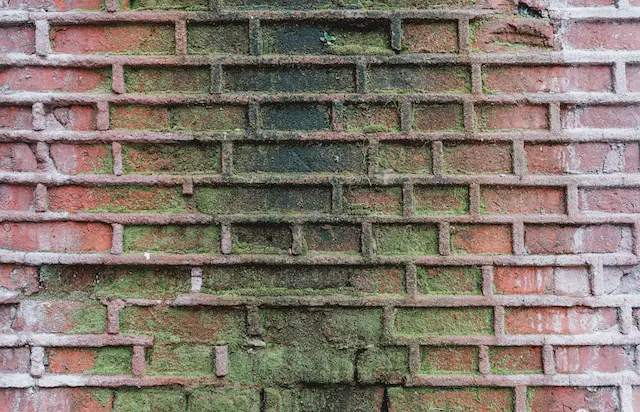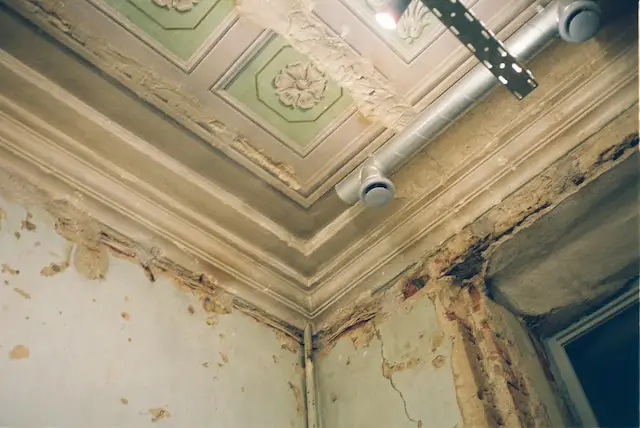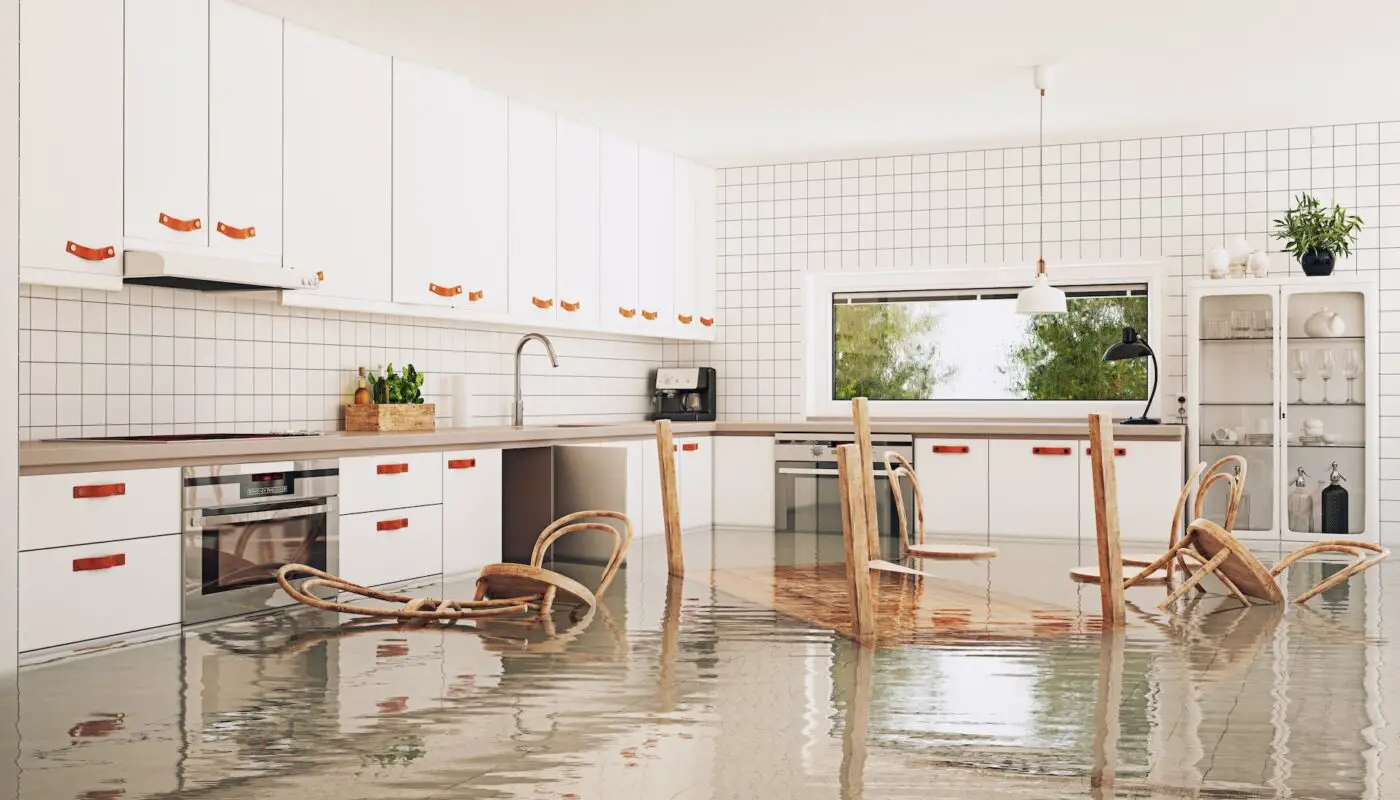Hidden water damage in homes is a silent yet significant threat that many homeowners overlook. This article aims to shed light on the subtle signs and preventive measures you can take. Regular inspections are crucial for early detection and mitigation.
In Virginia, where historic charm meets modern living, homeowners face a unique and often silent threat: hidden water damage. While the state’s picturesque landscapes and rich history captivate its residents, the unseen dangers within their homes demand attention. This article delves into the often overlooked signs and sources of hidden water damage Virginia, such as leaks behind walls and ceilings, emphasizing the crucial importance of regular inspections to protect your home.
The Unseen Culprit: Leaks Behind Walls

One of the most insidious forms of hidden water damage occurs behind the walls of your home. These leaks are often concealed from plain sight, making them a silent threat that can fester over time. Signs of water damage behind walls may include:
Peeling or Bubbling Paint: Moisture seeping through your walls can cause the paint to bubble or peel, creating an unsightly and potentially hazardous situation.
Musty Odors: A persistent musty smell in a room can strongly indicate hidden water damage. It’s essential to investigate the source promptly.
Stains and Discoloration: Keep an eye out for unexplained stains or discoloration on your walls, as they can signal water intrusion.
Warping or Buckling: If your walls start to warp or buckle, it’s a clear sign that water has compromised.
To address this silent threat, consider investing in regular wall inspections by professionals. They can use specialized tools to detect moisture levels behind your walls, preventing long-term damage.
The Ceiling Menace: Water Damage Above

Ceilings are another prime location for hidden water damage. Many homeowners neglect their ceilings until the damage becomes apparent, which can be costly to repair. Signs of hidden water damage in your ceiling include:
Sagging or Drooping: A sagging ceiling is a warning sign that water has infiltrated the above space.
Stains or Discoloration: Just like walls, ceilings can develop stains or discoloration when moisture is present.
Cracks or Peeling Paint: Water damage can cause the paint on your ceiling to crack or peel, and it may even result in the development of hairline cracks.
Visible Mold Growth: Mold thrives in damp environments, so if you notice mold growth on your ceiling, it’s a clear indication of hidden water damage.
It’s essential to address the issue promptly to prevent further structural damage when it comes to ceiling water damage. Consult with a professional to assess and repair any ceiling damage caused by water.
Preventive Measures: The Importance of Regular Inspections
Understanding the signs of hidden water damage is just the first step in protecting your home. Regular inspections are key to preventing long-term damage and costly repairs. Here are some preventive measures to consider:
Scheduled Inspections: Set a schedule for annual or bi-annual home inspections by a qualified professional. They can spot hidden water damage early and recommend appropriate action.
Check for Leaks: Routinely inspect plumbing fixtures, pipes, and appliances for leaks or signs of water damage. Fixing minor leaks can prevent major problems later on.
Monitor Water Bills: A sudden increase in your water bill may indicate an undetected water leak. Investigate promptly to avoid further damage.
Maintain Gutters and Downspouts: Ensure that your gutters and downspouts are free of debris and working correctly to prevent water from accumulating near your home’s foundation.
Proper Ventilation: Ensure that your home is adequately ventilated, especially in areas prone to moisture, such as bathrooms and kitchens.
Seal Gaps and Cracks: Seal any gaps or cracks in your home’s exterior to prevent water intrusion during heavy rain or storms.
By taking these preventive measures and staying vigilant, you can protect your home from the silent threat of hidden water damage.
Final Thoughts About Hidden Water Damage in Homes
Hidden water damage in your home is a silent threat that can lead to significant structural and financial issues if left unchecked. Leaks behind walls and ceilings are often overlooked but can cause extensive damage over time. Regular inspections and staying attentive to the subtle signs of water damage in Virginia are the key to mitigating this threat. By taking proactive steps to identify and address hidden water damage, you can ensure your home’s long-term health and integrity. Don’t let the silent threat of water damage catch you off guard—stay informed and protect your home.
Related Reading

Bedroom Sets to Make Your Home Cozy – How to choose one
Deep Cleaning for a Healthier Home: How Professional Services Improve Indoor Air Quality



